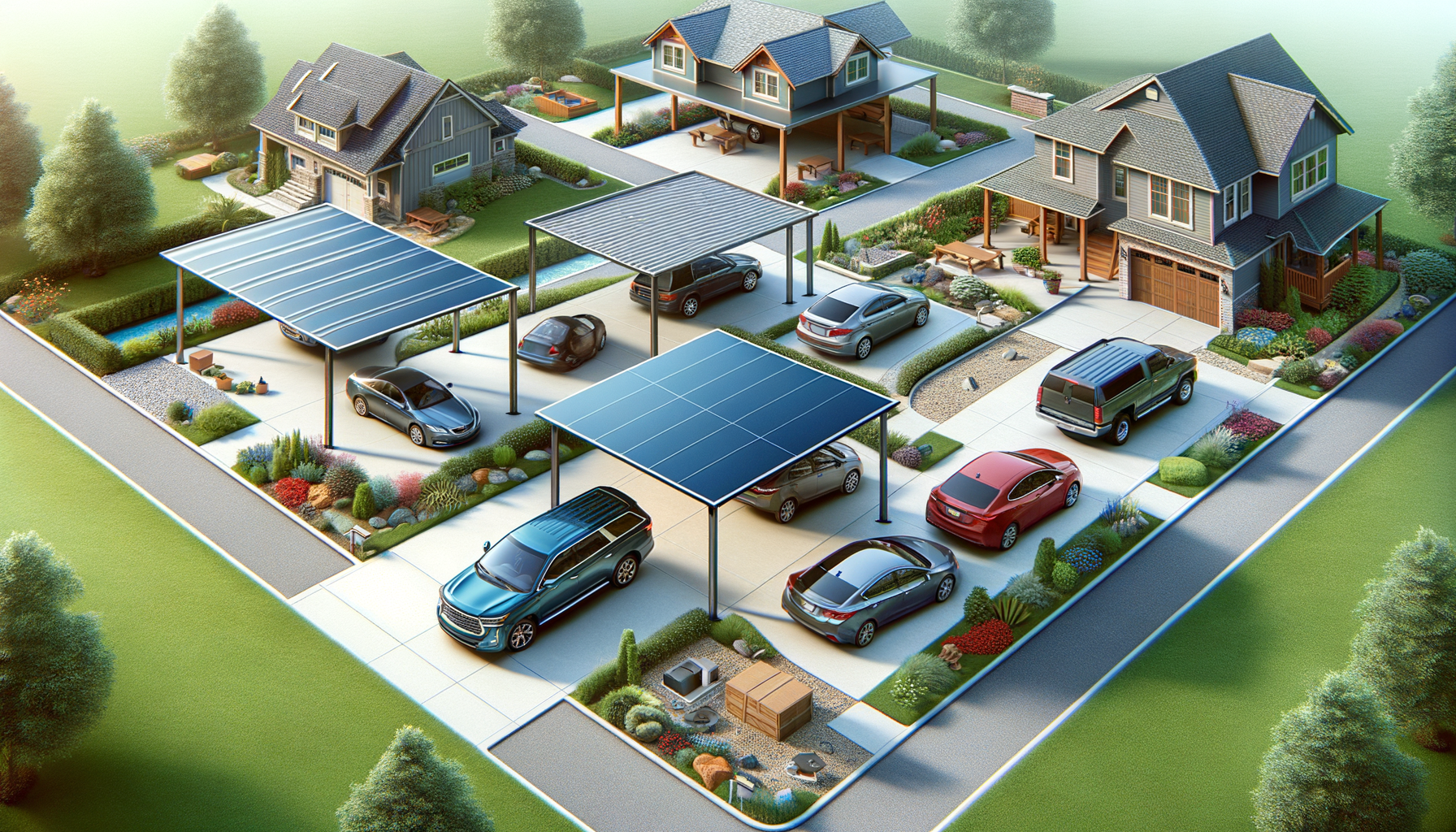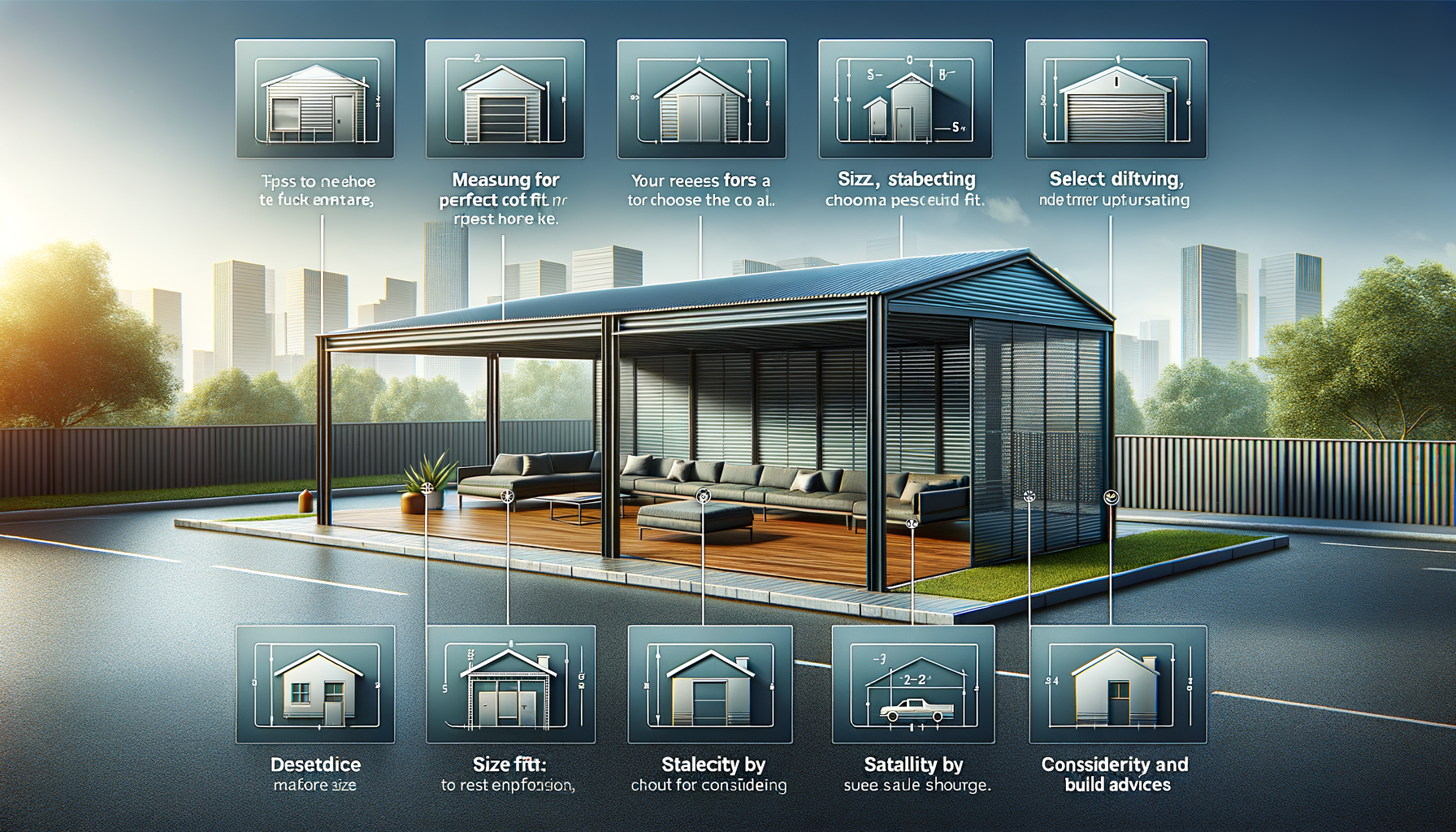
Installing a Carport in Your Driveway: What to Know About Covered Parking Options in the U.S
Introduction to Carports and Their Benefits
Carports have increasingly become a popular choice for homeowners looking to protect their vehicles from the elements. Offering a practical and often more cost-effective alternative to traditional garages, carports provide year-round protection from sun, rain, and snow. In this article, we will explore the various aspects of installing a carport, including how they are mounted, the differences between attached and freestanding carports, and essential considerations before installation.
How Carports Are Mounted to Driveways and Concrete Pads
Mounting a carport to a driveway or a concrete pad involves several key steps to ensure stability and durability. The process typically begins with selecting the appropriate location, which should be level and free of obstructions. Once the site is prepared, the carport’s frame is assembled and anchored securely to the ground.
There are two primary methods for anchoring carports:
- Concrete Anchors: These are used when installing a carport on a concrete pad. Holes are drilled into the concrete, and anchors are inserted to hold the carport frame in place. This method provides a strong and stable foundation.
- Ground Anchors: If the carport is to be installed on a driveway or other non-concrete surface, ground anchors are used. These are driven into the ground and attached to the carport frame, providing stability even in windy conditions.
Proper installation is crucial to ensure the carport withstands various weather conditions. It is always recommended to consult with a professional installer to ensure that all safety standards are met.
Attached vs. Freestanding Carports: Pros and Cons
When choosing a carport, one of the first decisions to make is whether to opt for an attached or freestanding design. Each type has its own set of advantages and disadvantages.
Attached Carports
- Pros: Attached carports are connected to an existing structure, such as a house. This can provide additional stability and may be more aesthetically pleasing as it integrates with the home’s design. They can also offer more protection from the elements, as one side is shielded by the house.
- Cons: The main drawback is that they require a suitable wall for attachment, which may limit placement options. Additionally, they may require more complex installation, potentially increasing costs.
Freestanding Carports
- Pros: Freestanding carports offer greater flexibility in terms of placement, as they can be situated anywhere on the property. They are generally easier and faster to install.
- Cons: They may not offer as much protection from wind and rain as attached carports and might require additional anchoring to ensure stability.
Ultimately, the choice between attached and freestanding carports will depend on your specific needs, budget, and property layout.
What to Know Before Installing a Carport at Home
Before installing a carport, there are several important factors to consider to ensure the project meets your needs and complies with local regulations.
Permits and Regulations: Check with your local government regarding any permits or zoning regulations that may apply to carport installations. Some areas have specific requirements regarding size, placement, and materials.
Materials: Carports can be constructed from various materials, including metal, wood, and polycarbonate. Each material has its own benefits and drawbacks, so it’s important to choose one that suits your climate and aesthetic preferences.
Budget: Costs can vary widely depending on the size, material, and complexity of the installation. It’s essential to set a budget and obtain quotes from multiple suppliers and installers.
Design and Aesthetics: Consider how the carport will look in relation to your home and landscape. Design choices can significantly impact the overall appearance and value of your property.
By taking these factors into account, you can ensure a smooth installation process and a carport that meets your needs for years to come.
Conclusion: Making the Right Choice for Your Home
Installing a carport is a significant decision that can enhance the functionality and aesthetics of your property. By understanding the mounting processes, weighing the pros and cons of attached versus freestanding options, and considering key factors before installation, you can make an informed choice that best suits your needs. Whether you want to protect your vehicles from harsh weather or add a versatile outdoor space, a well-chosen carport can offer lasting benefits.


